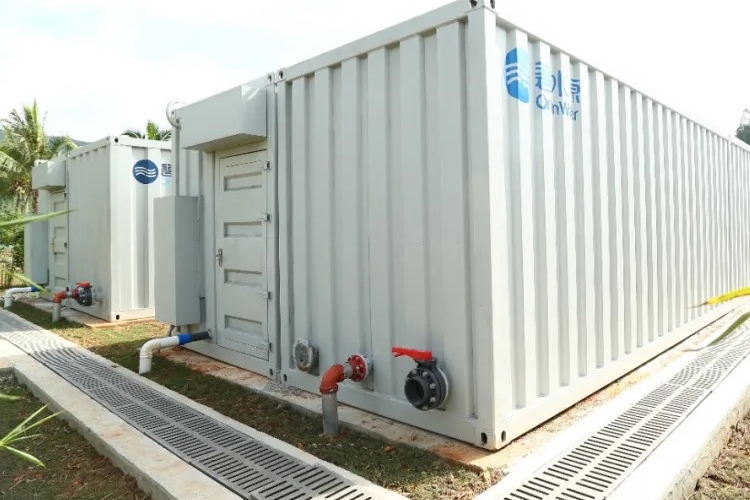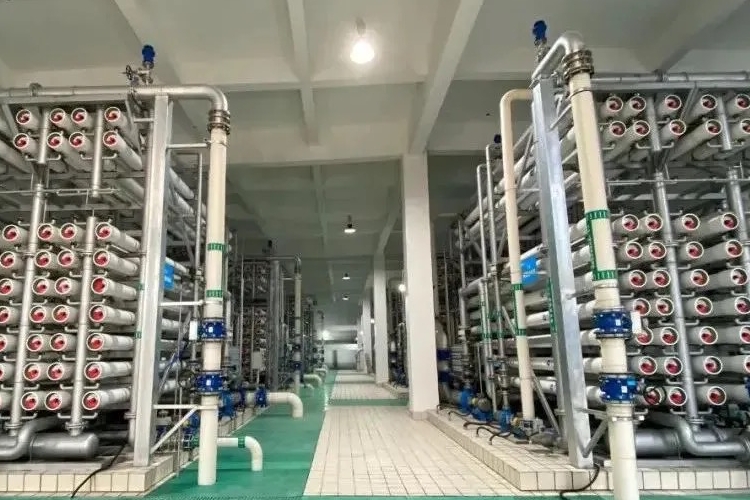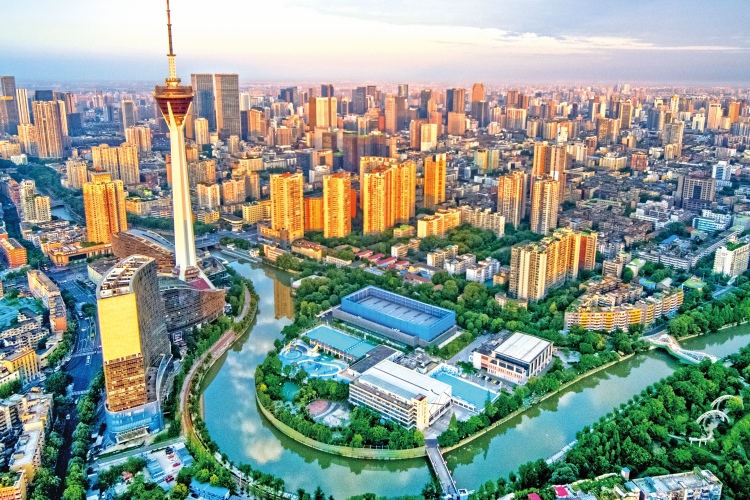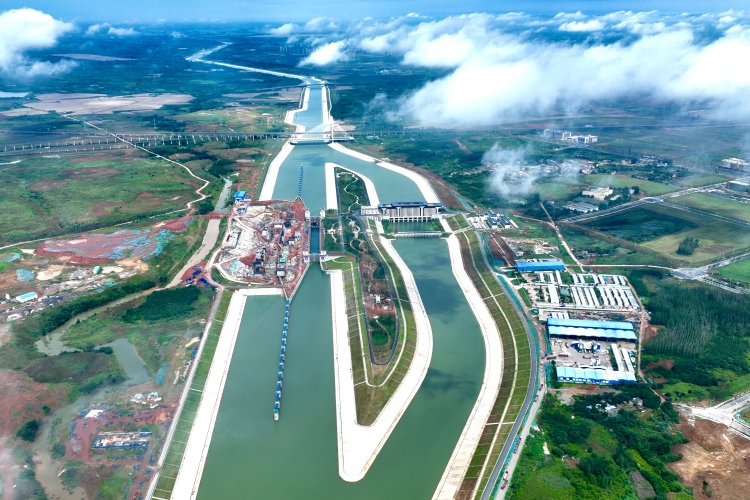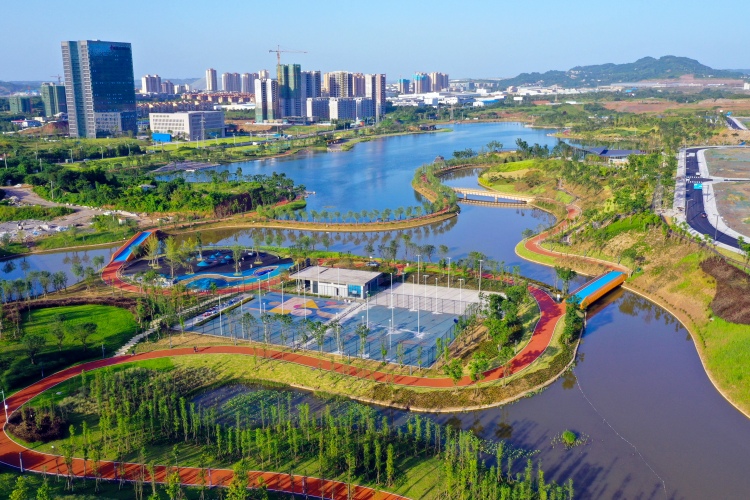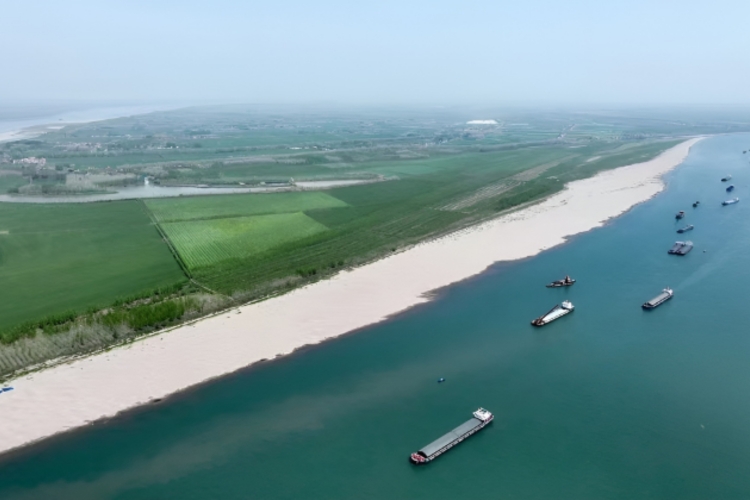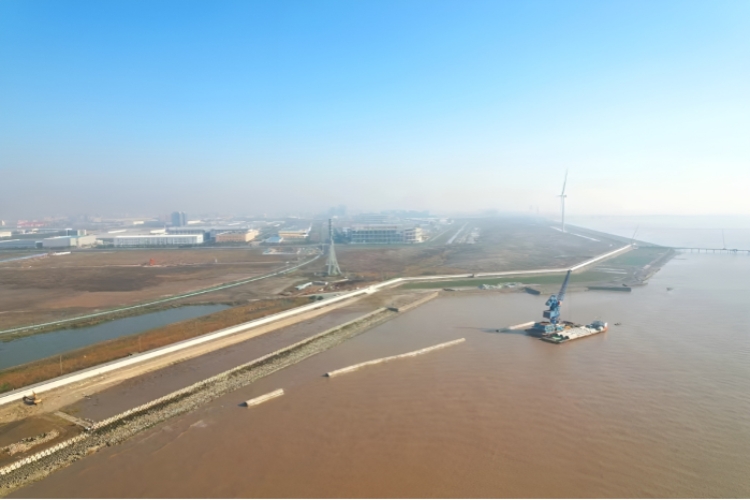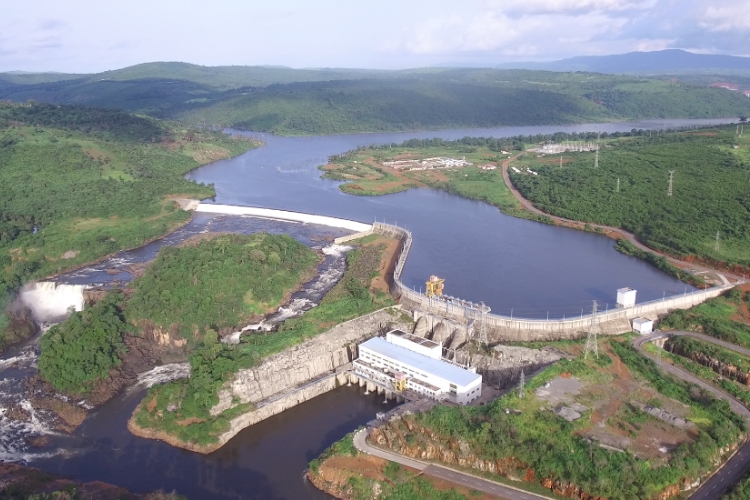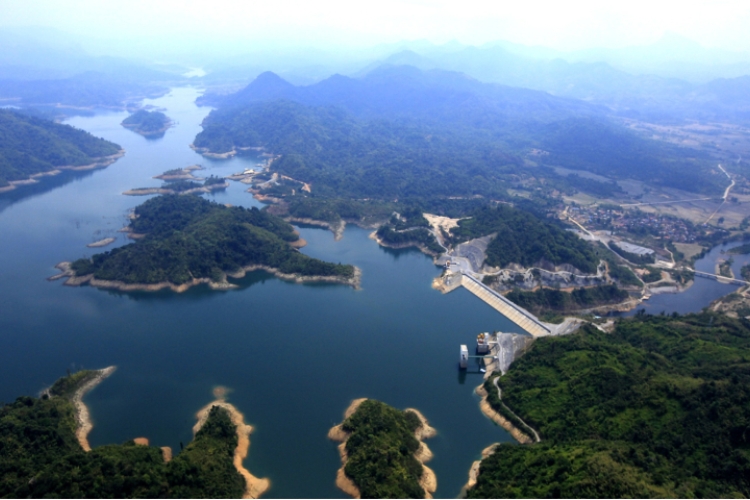March 22 is World Water Day. CCCC reaffirms its commitment to providing integrated solutions for ecological restoration, watershed management, water diversion, and sewage treatment.
Membrane-related Technology
CCCC's Beijing OriginWater Technology Co., Ltd (BOW) has evolved into one of the world's leading manufacturers and suppliers of membrane equipment, with its independently developed MBR (Membrane Bio-Reactor) technology leading the way in sewage treatment. This innovative technology effectively transforms wastewater into usable water resources, addressing urban sewage treatment challenges. This technology has been adopted by urban sewage treatment projects such as the reclaimed water plant in Changping District's TBD, the largest fully buried sewage treatment plant in Beijing.
In over ten sensitive basins such as the Yangtze River, Yellow River, Pearl River and Huaihe River, BOW has undertaken thousands of membrane-based water treatment projects. These initiatives collectively generate over 7 billion tons of high-quality reclaimed water annually.
The Caotan Wastewater Treatment Plant in Xi'an Economic and Technological Development Zone processes 200,000 tons of sewage daily
The MBR-DF technology innovated by BOW can upgrade wastewater to a high-quality new water source higher than Grade III surface water standards. This new water can serve as a supplement to groundwater or drinking water. The Cuihu New Water Source Plant in Beijing obtains approximately 2.55 million cubic meters of new water resources annually from sewage. Similarly, the Xinshuiyuan Plant in Eryuan County, Yunnan, indirectly supplies over 3 million tons of high-quality water to Erhai Lake each year.
Cuihu New Water Source Plant
New Water Source Plant in Eryuan County
For coastal regions, BOW's high-performance seawater RO desalination membranes, with a desalination rate exceeding 98%, has been instrumental. Projects such as the seawater desalination plant in Qingdao's Dongjiakou Economic Zone and the seawater desalination project in Northern Shandong Province have benefited from this technology.
Seawater desalination plant in Qingdao's Dongjiakou Economic Zone
Bishuiyuan's titanium-based lithium adsorbent fills a gap in this field, with this technology already being utilized in Lakkor Tso salt lake.
Lakkor Tso salt lake
BOW has developed a series of products including fractional salt nanofiltration and high-pressure RO, catering to the specific needs of zero discharge wastewater projects. Additionally, BOW's Intelligent Integrated Wastewater Treatment System (ICWT) has become one of the mainstream devices for rural sewage treatment.
Intelligent Integrated Wastewater Treatment System
BOW's independently developed drinking water purfication technology, with nanofiltration as its core, is a green and advanced method for purifying drinking water. This technology has been implemented at a waterworks in Taicang, Jiangsu.
Waterworks in Taicang, Jiangsu
Ecological restoration
The Comprehensive Improvement and Ecological Restoration Project of Yongding River Basin achieved a significant milestone in 2023 by ensuring continuous water flow throughout the entire river for the first time since 1996.
The Jin River watershed management project, covering over 150 kilometers of river channels and an area of more than 2,009 square kilometers, has set a model for urban watershed ecological livability.
The Water diversion project from Yangtze River to Huaihe River is China's largest water diversion project under construction. It aims to improve the environment of Anhui's Chaohu Lake and the Huaihe River, benefiting over 50 million people.
The flood control and rehabilitation project in the Yuzixi River Channel of the Yangtze River in Luzhou involves the rehabilitation of 3.7 kilometers of river channels, the establishment of 51 hectares of green space, and the treatment of 25 hectares of water bodies. After completion, it will create a storage capacity of about 450,000 cubic meters, improve water quality to meet national Grade III standards, and enhance flood control standards in the area to withstand a one-hundred-year flood.
Shishou water environment comprehensive improvement project over 100 km of channels restored, creating a connected water network in Shishou urban area, injecting vitality into the water system.
Shanghai coastal marine ecological restoration project will focus on the ecological restoration of the 17-kilometer coastal embankment in Shanghai Lingang, creating an eco-friendly coastal wetland ecological corridor.
Tanghe Sewage Reservoir comprehensive treatment project in Xiong'an New Area effectively transforms the disorderly "garbage pit" into a green ecological corridor.
In the Konkoure River Basin of Guinea, the construction of the Kaleta Hydropower Plant and the Souapiti Hydropower Station has significantly contributed to the stable and clean energy for the local area. Moreover, these projects have facilitated river management, ecological improvement, and environmental conservation efforts in the region.
After completion of the Nam Lik 1-2 hydropower project in Laos, the enormous reservoir with a capacity of 14.78 billion cubic meters dynamically regulates river water, while strengthening water quality monitoring and protection to ensure a good local ecological environment.






